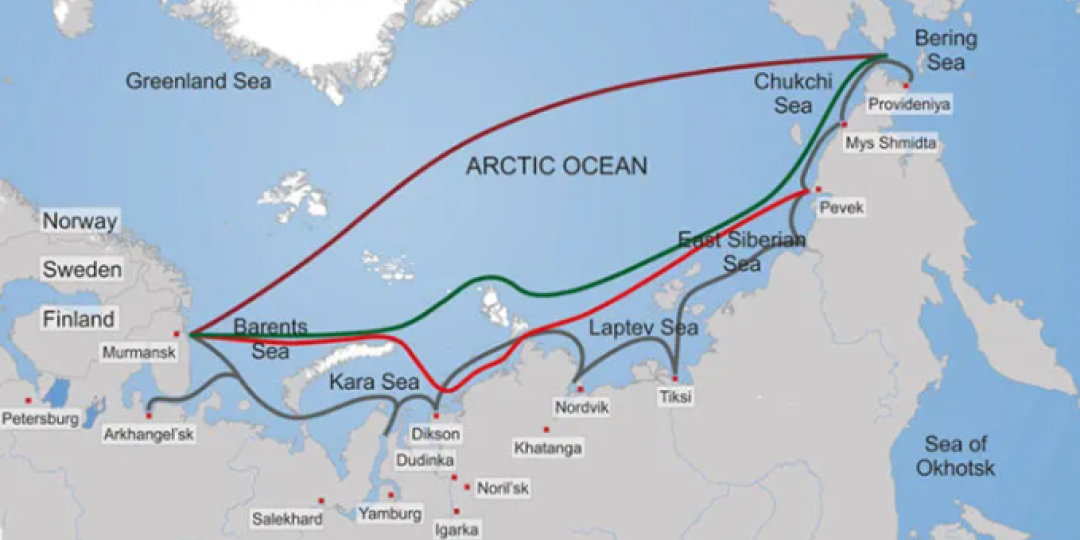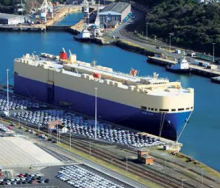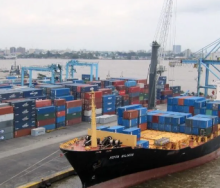Rising temperatures in the Arctic could enable northern Russian ports that are usually ice-bound to handle year-round ocean freight as soon as 2024.
Although it’s mainly East Siberian Sea ports such as Pevek and Tiksi that are expected to benefit from ice melt, ports as far west as Arkhangelsk and Murmansk are also expected to benefit from the opening of new trade lanes.
The Journal of Operational Oceanography has said that an area roughly the size of Greenland – about 836 000 square meters – is expected to disappear because of earth warming.
Known as the Northern Sea Route (NSR), the way out east through the Bering Strait could significantly shorten voyages for vessels traversing the Barents, Kara, Laptev, East Siberian and Chukchi seas to reach Far East Asia.
Whereas only icebreakers could use the NSR most of the time, if at all, ice melt means Russia will be ‘gifted’ a vast oceanic area, opening alternatives to the long voyages through the Panama and Suez Canals.
Russian energy utility, Rosatom, and its gas partner, Novatek, have indicated significant liquid natural gas developments for the Arctic area are on the cards, with convenient shipment to Far East clients through the Bering Strait.
China has also expressed interest in new trade lane opportunities through the NSR.













